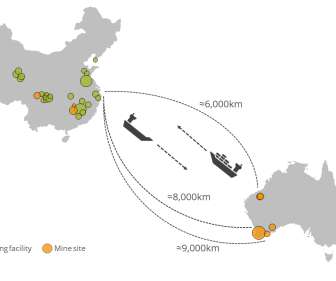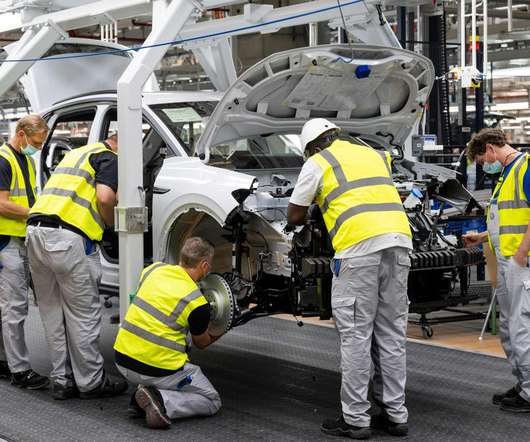Report Finds Rate of Growth of Global Greenhouse Gas Emissions Sharply Increased Between 2000 and 2005
Green Car Congress
MAY 29, 2009
Anthropogenic global greenhouse gas emissions increased by 15% between 2000 and 2005, a sharp increase in the expected rate of growth, according to a new report from the European Commission’s Joint Research Centre (JRC). It also provides data on greenhouse-gas emissions for the 20 years preceding the 1990 Kyoto protocol.



















Let's personalize your content